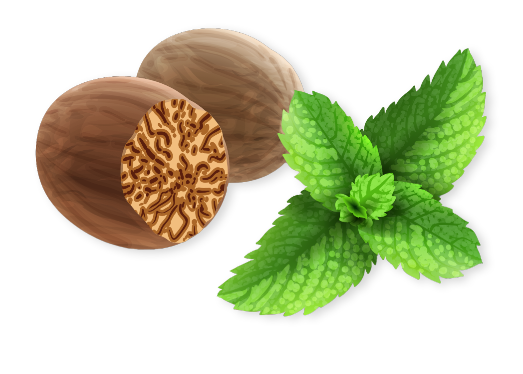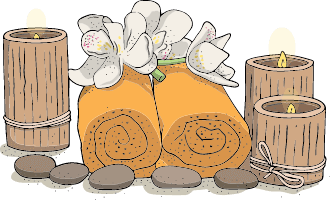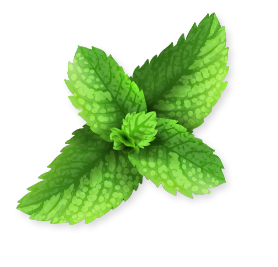Panchakarma Treatment for Sciatica
Wednesday, July 5, 2023Sciatica is a health condition characterized by pain radiating along the sciatic nerve, which extends from the lower back, through the hips and buttocks, down each leg. The discomfort can be quite severe and is usually caused by a herniated disk, bone spur, or spinal stenosis compressing part of the nerve.
Panchakarma is a time-tested Ayurvedic regimen, designed to detoxify the body and restore balance among the three doshas (Vata, Pitta, and Kapha). Comprising five main therapeutic procedures, Panchakarma is often considered the cornerstone of Ayurvedic therapies.
Panchakarma for Sciatica
When it comes to treating sciatica, Ayurveda sees this condition as a Vata disorder, and Panchakarma serves as an effective strategy. Here’s how Panchakarma can help:
- Eliminating toxins: Panchakarma cleanses the body, removing toxins that contribute to Vata imbalance and nerve inflammation.
- Reducing inflammation: Through various therapies, Panchakarma helps decrease inflammation around the sciatic nerve, alleviating pain.
- Restoring dosha balance: The practices in Panchakarma aim to restore the equilibrium among the three doshas, particularly pacifying the aggravated Vata dosha in sciatica.
The Panchakarma Process for Sciatica
The Panchakarma process comprises three stages: Purvakarma (preparation), Pradhankarma (primary treatment), and Paschatkarma (post-treatment).
1. Purvakarma:
This preparatory phase includes two procedures:
- Snehana: This is an oleation therapy, where oil is applied internally or externally to lubricate the body and loosen the toxins.
- Swedana: A sweat-inducing treatment, it warms the body and helps in moving the loosened toxins towards the digestive tract.
2. Pradhankarma:
The main therapeutic procedures are:
- Vamana: A controlled vomiting procedure to eliminate excess Kapha dosha.
- Virechana: A purgation therapy that removes toxins from the Pitta zone (small intestine, stomach, sweat glands, etc.).
- Basti: Considered the prime treatment for Vata disorders, it involves the administration of herbal oils or decoctions into the rectum.
- Nasya: The nasal administration of medicated oil to purge toxins from the head and neck region.
- Raktamokshana: A bloodletting procedure to cleanse the blood of toxins, however, it’s rarely used in the case of sciatica.
The specific treatments applied will be personalized according to the individual’s constitution and health status.
3. Paschatkarma:
This phase includes rejuvenation therapies and the prescription of a personalized diet and lifestyle regimen to consolidate the therapeutic benefits and maintain health.
Ayurvedic Perspective and Panchakarma
In Ayurveda, health is not just the absence of disease but a state of holistic wellbeing. In this context, Panchakarma stands as a potent treatment methodology for sciatica. It not only alleviates the pain but also tackles the root cause by eliminating toxins and balancing the doshas.
As a comprehensive healing strategy, Panchakarma helps manage sciatica from multiple angles, focusing on detoxification, pain management, and dosha balance. Importantly, it emphasizes the uniqueness of each individual, thereby providing a personalized therapeutic approach.
The effectiveness of Panchakarma for sciatica varies depending on the individual’s overall health, severity of symptoms, and adherence to the therapeutic regimen. As always, a consultation with a qualified Ayurvedic practitioner is recommended before embarking on a Panchakarma journey.
You can write to us.
BOOK APPOINTMENT



























